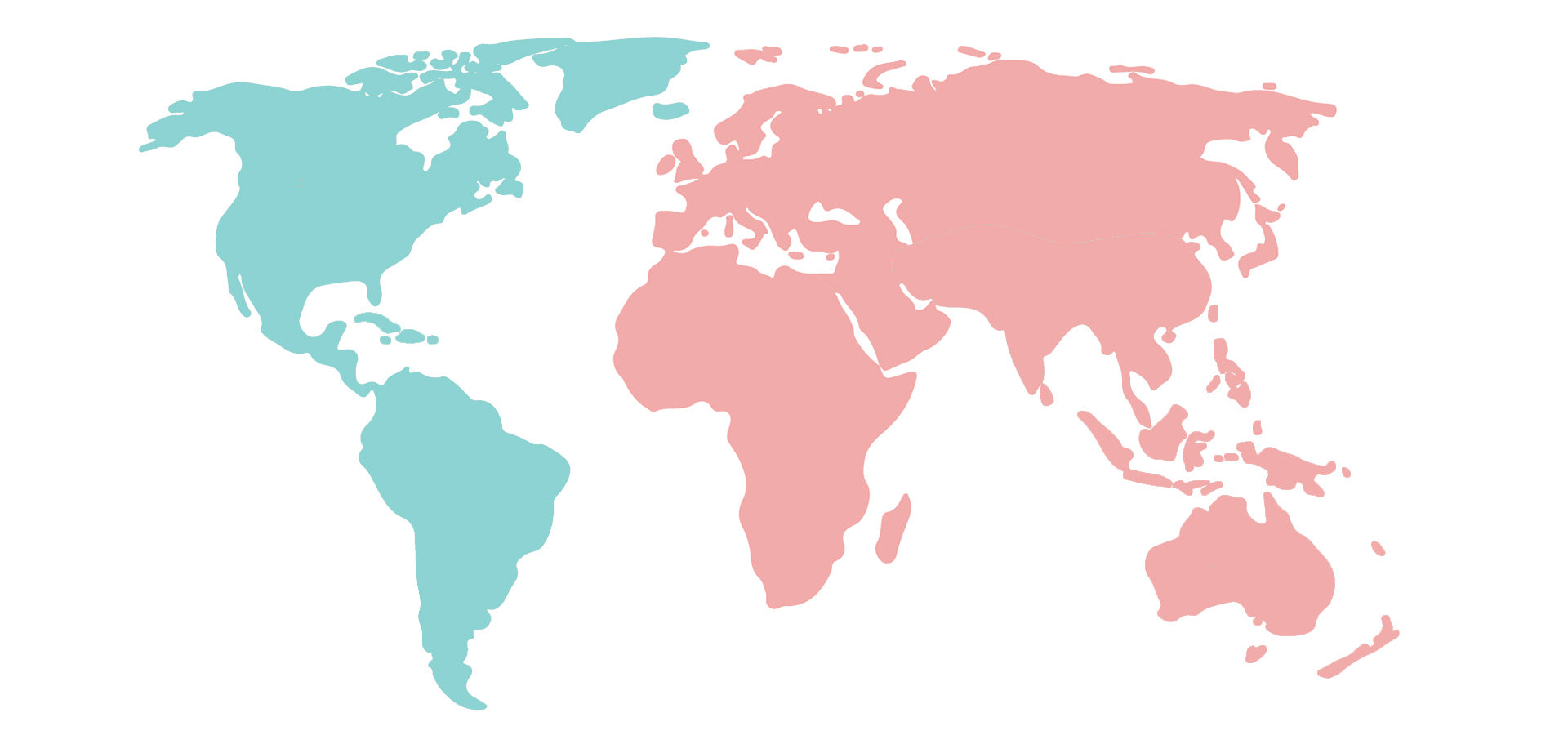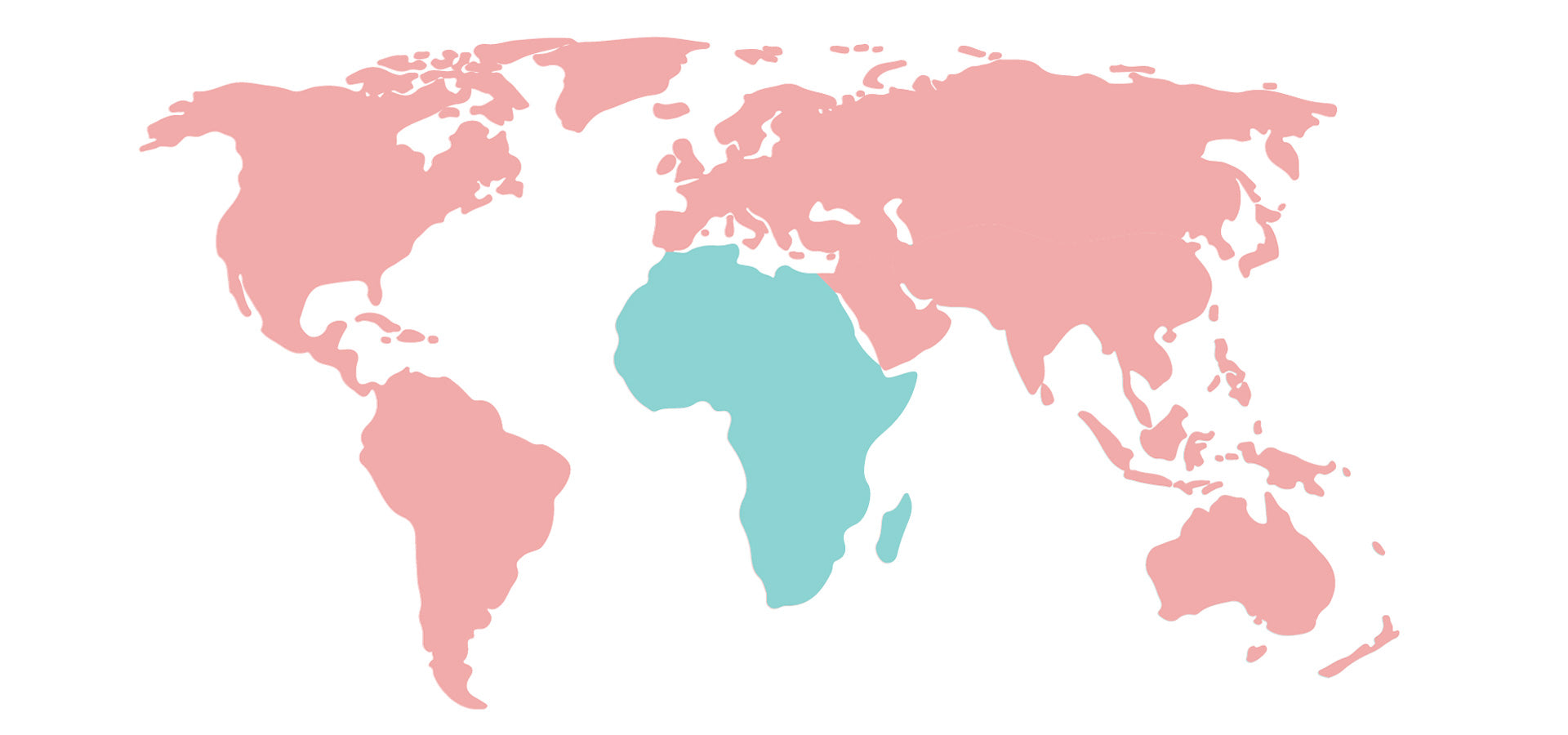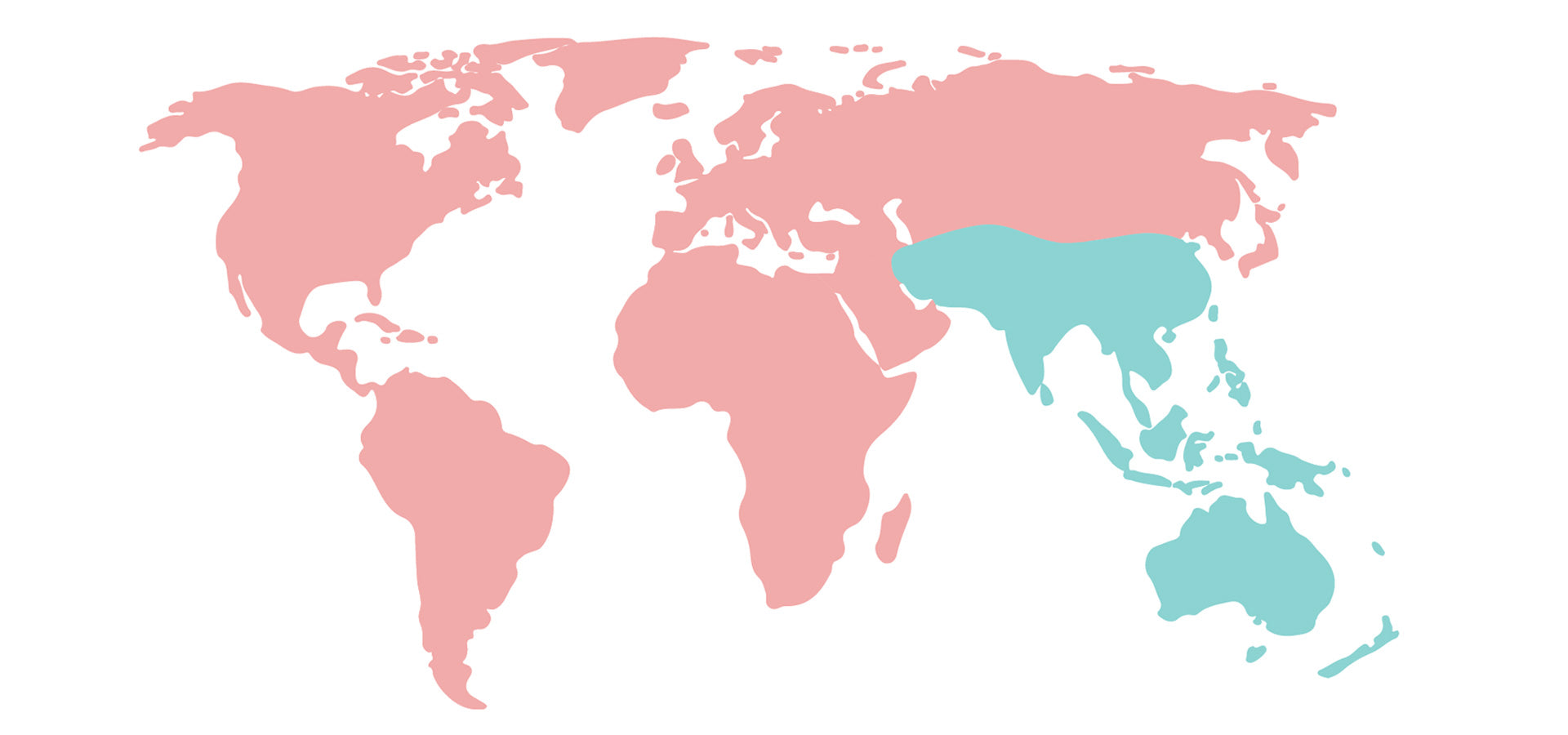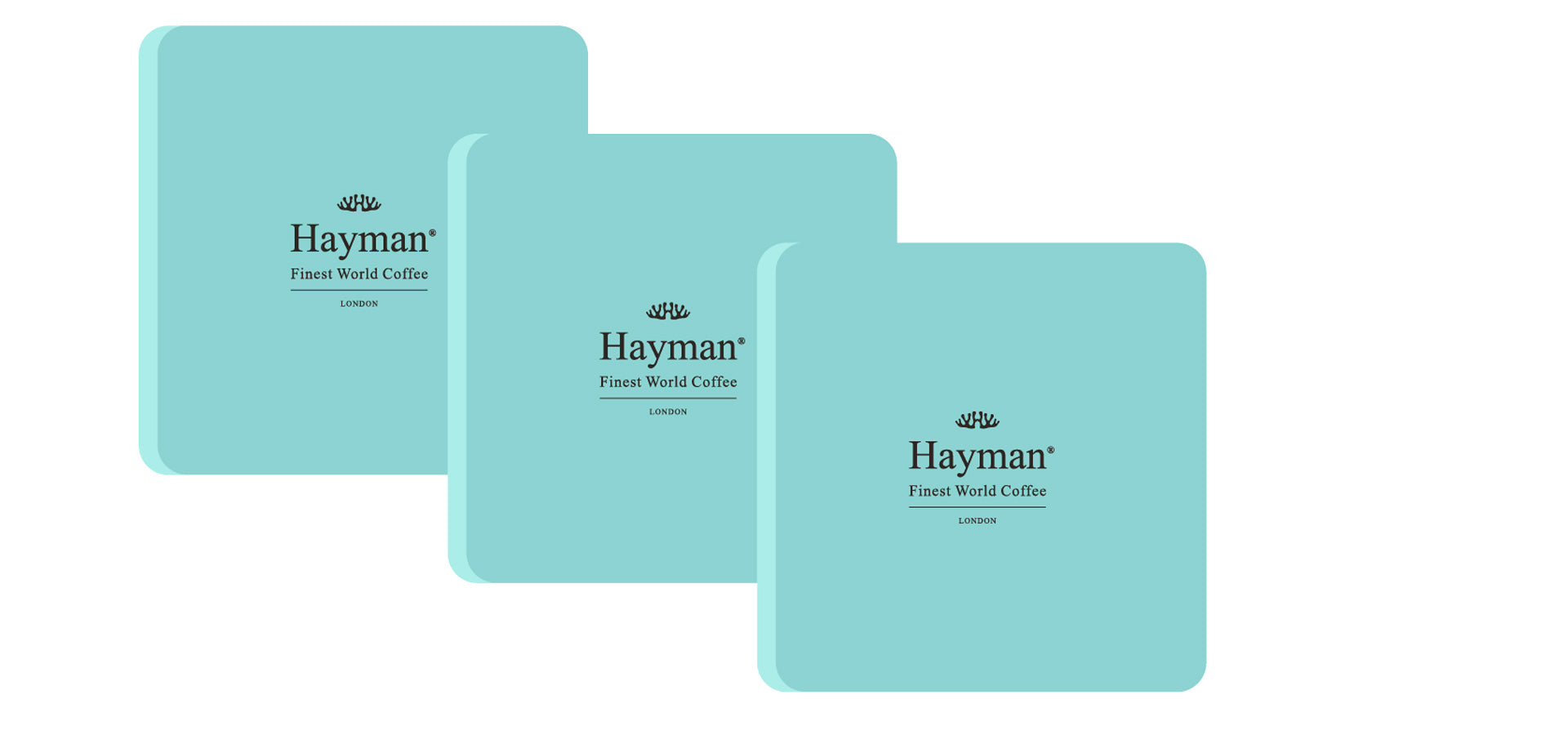The Definitive Turkish Coffee Guide Part 1: Origins

If you’ve ever had the pleasure of tasting genuine Turkish coffee, you’ll know it’s nothing like everyday java. It’s rich, dark, flavorful and fantastically exotic - best enjoyed with a small glass of water and something seriously sweet.
Turkish coffee isn’t something you can brew at home with your standard French press or drip coffee system. If you want to make the genuine article at home, you need to set yourself up with the right gear.
But before getting to grips with the best method for brewing Turkish coffee, it’s worth taking the time to reflect on the history of this remarkable product. The more you learn about the origins of Turkish coffee, the more enjoyment and appreciation you can extract from every single sip.
What Is Turkish Coffee?
The Turkish coffee brewing method is by far one of the oldest in recorded history. People have been preparing supremely satisfying coffee this way for almost 700 years, but the actual origins of Turkish coffee are somewhat disputed.
There are some who say that Ottoman Sultan brought it to the interest of the masses after it was presented to him by the Ottoman governor of Yemen. Others say that the Sultan visited a local coffee shop serving up the brew, which impressed him so much he decided to endorse it.
Either way, it’s been around for a very long time. There have been commercial coffee shops in various locations across Turkey since the late 15th century, perfecting the art of brewing fantastic coffee over countless generations.
Which goes some way to explain why the most decadent Turkish coffee on the face of the earth can still be enjoyed exclusively in the traditional coffee houses of Istanbul. You can certainly make a decent approximation at home, but it’s not quite the same without the appropriate surroundings!
The Ibrik (Cezve)
As for how Turkish coffee was and still is produced, it’s made by heating water mixed with extremely fine coffee grounds in a small pot over a heat source. This pot is known around the world as an ibrik, though is referred to as a cezve in Turkey.
Ibriks are manufactured using a wide variety of materials, though the more traditional articles are made primarily of brass or copper. They also typically feature a long handle made of wood, so as to provide a safe and comfortable grip for holding the pot over the heat source.
The extent to which the ibrik is decorated varies significantly from one to the next – some being predominantly plain, others being very refined.
The mixture of water and coffee grounds is held over a source of heat to accelerate the infusion, which eventually results in a somewhat thick, murky and often quite bitter final result. Which is precisely how true Turkish coffee should taste – hence being served alongside something exceptionally sweet to balance it out.
In the next instalment of our definitive guide to Turkish coffee, we’ll be taking a look at a fool-proof recipe for brewing your own at home…
At Hayman’s online coffee store, you will find the best coffee beans in the world, including the legendary Jamaican Blue Mountain coffee, best Kona coffee Hawaii, and Panama Geisha coffee beans (also called Gesha coffee). These spectacular specialty coffees are perfect for Turkish coffee brewing. Click here to order today and enjoy free worldwide shipping!










